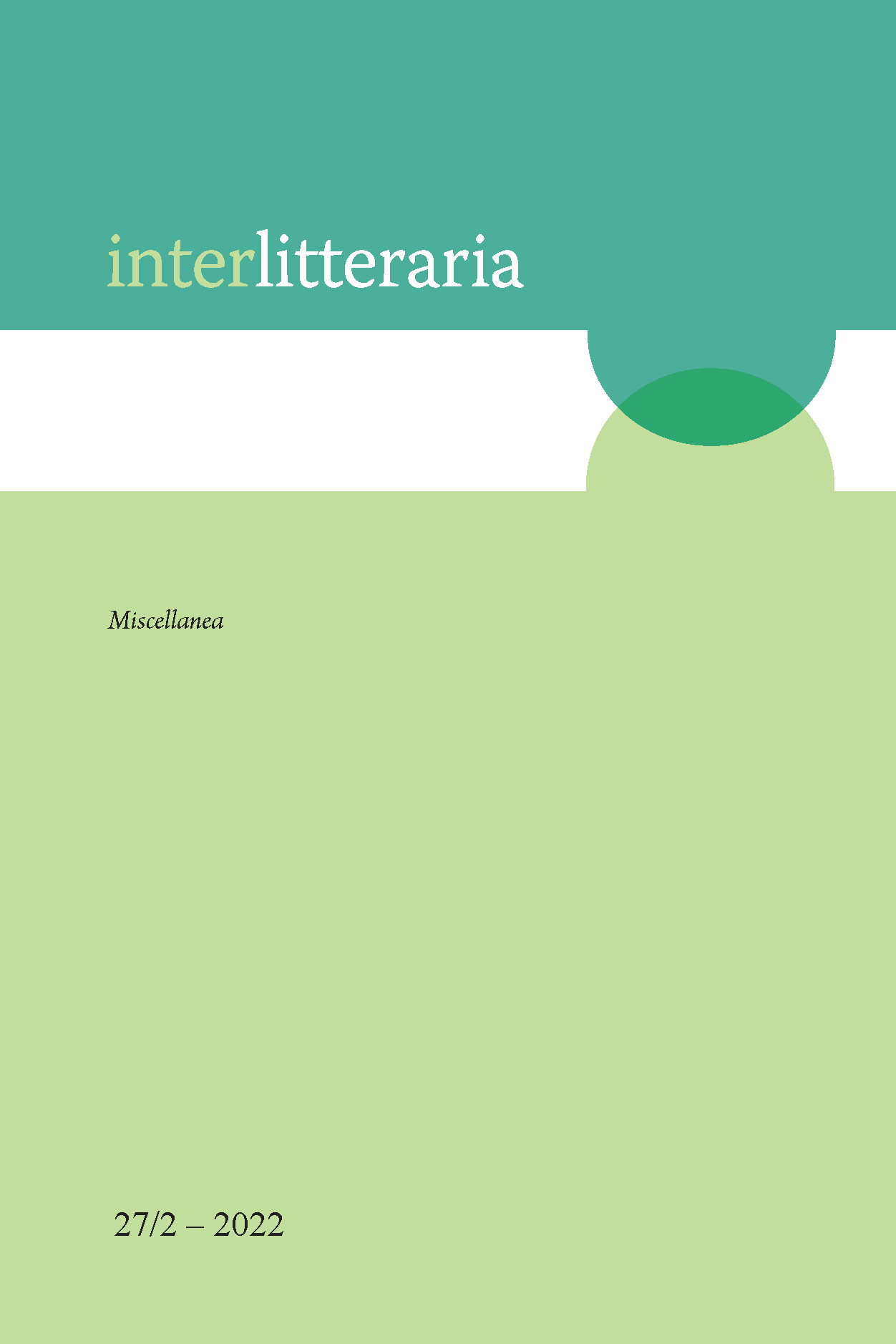Poetics is in the Genes. A Manifesto
DOI:
https://doi.org/10.12697/IL.2022.27.2.15Keywords:
poetics, pragmapoetics, genetics, self-reflexivity, CRISPR, biosemiotics, biolinguisticsAbstract
The manifesto “Poetics is in the Genes” reveals the commonality between poetics and genetics for the first time. Outside of cellular biology attempts have been made in both (text)linguistics and semiotics to describe the genome and its interactions as similar to language. However, the approach of this interpretation relies particularly on the poetic function of language and its underlying self-referentiality as the starting point. Poetic relevance reveals itself explicitly in its relationship to the cutting-edge concept of CRISPR (Clustered Regularly Interspaced Short Palindromic Repeats), which thematises abundant metric and figurative phenomena and terms on several levels: accumulation, regularity, interval, different repetitions, rhythm, iamb/trochee, stressed/unstressed units, longitude, orchestration; equivalency, substitution, connotation, contrast, analogy; synecdoche, metonymy, metaphor, irony, symbol, paradox, implicature, epithet, simile; palindrome, chiasmus, ellipsis, zeugma, calembour, polysyndeton; poem, verse, stanza, chapter, refrain, (identical) rhyme, collage/bricolage, plot, composition, text, hypertext, architext, palimpsest; graphic imagery, symmetry/asymmetry; homonyms, synonyms, antonyms, archaisms, neologisms; words, phrases, sentences, syntax, definition, quote; cacophony/noise, harmony; spatial and time deixis; self-reflexivity of the utterance and utterer. From this perspective, life stems from primordial poetics as the first level. It is a convincing enough association to apply poetic analysis to the free interpretation process of genomes. A universal law of nature is that symmetry dictates design (including asymmetry): poetics is everywhere.
Downloads
Downloads
Published
Issue
Section
License
The contents of Interlitteraria are published under CC BY-NC-ND licence.


